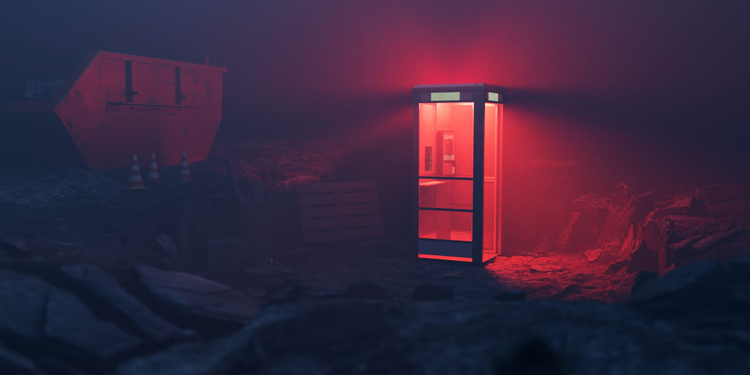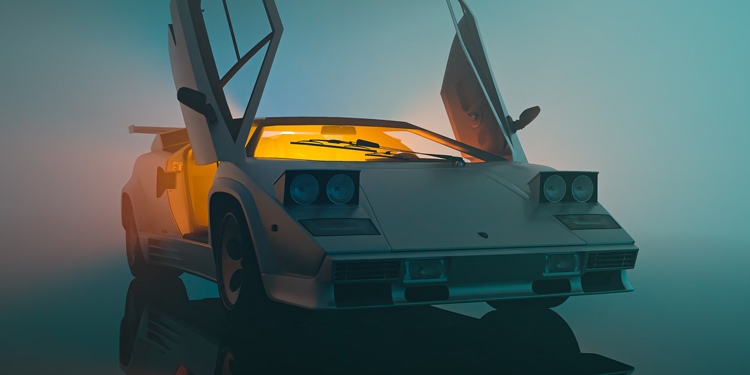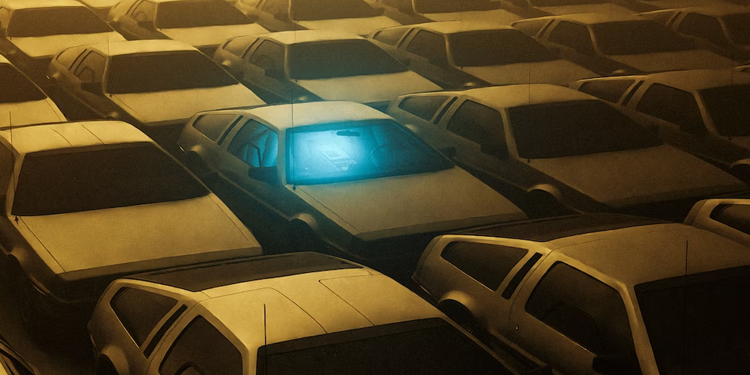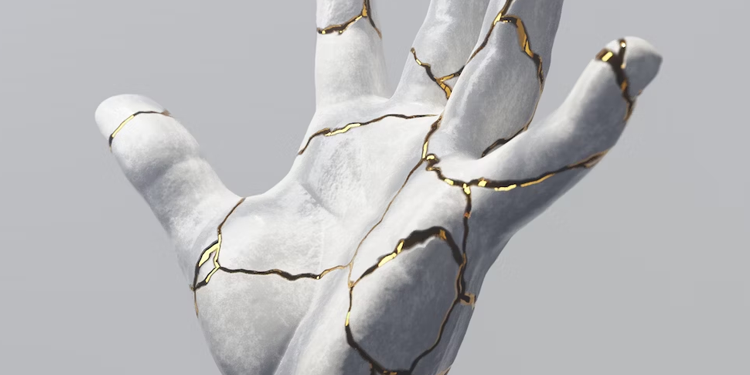Are you an aspiring 3D artist looking for a way to showcase your work? Do you want to take social skills and your artwork to the next level and gain recognition in the digital art world and from potential employers?

Developing a professional portfolio is key to success as a 3D artist. In this blog post, we’ll break down what it takes to create an attractive portfolio that stands out from other competitors in the industry, helping you turn potential clients into paying customers and reach greater heights as a creator.
Read on to learn all about building an eye-catching 3D artist portfolio today!
Things to consider when creating a Digital Art Portfolio
When creating a 3D artist portfolio, here are some things to consider:
Focus on quality over quantity:
A few strong pieces showcasing your best work rather than many mediocre ones are better.
Show various skills
Include examples of your modeling, texturing, lighting, and rendering abilities. If you specialize in a particular area, make sure to include plenty of examples of your expertise in that area.
Use high-quality images
Make sure your images are well-lit, high-resolution, and show off your work to its fullest potential. Consider using multiple angles and lighting setups to showcase different aspects of your work.
Include a range of subject matter
Show that you can work in different styles and genres. If you have experience working on specific types of projects, such as game design or product visualization, make sure to include examples of those as well.
Provide context
Include information about the software and tools you used to create your work. Provide background information about the project and your role in it, as well as any challenges you faced and how you overcame them.
Consider animation
If you have experience creating animated content, include examples of your work. This can include short animations or still images that show the progression of a project.
Update your portfolio regularly
Keep your portfolio up-to-date with your latest work. Remove older pieces that no longer showcase your current skills and abilities.
Make it easy to navigate
Logically organize your portfolio, with clear categories and labels. Make it easy for viewers to find what they’re looking for and to understand your work.
3D Environment Artist Portfolio
Are you currently looking for a job opportunity as a 3D environment artist?
Then it is time to work on your portfolio! As an environment artist, you create realistic 3D models of interiors and exteriors for various media platforms.

Your portfolio should showcase your most creative and best works to attract potential employers. Ensure to only include relevant pieces character art highlighting your skills and strengths as an artist.
A well-crafted portfolio will definitely open up doors for job opportunities in the exciting field of interior design, so start working on it now!
Don’t Waste Too Much Time on Your Website!
When it comes to creating an outstanding portfolio as a 3D artist, content is king.
It’s tempting to get caught up in designing an elaborate and visually stunning website, but what really matters is the work you’re presenting.

Employers want to see examples of your best work, not navigate through unnecessary content on your site.
Putting too much time and energy into your site’s look and feel can hinder your chances of landing a job.
So, focus on presenting your best work in a clean and simple format. Trust us. Most employers will appreciate the straightforward approach and time you’ve invested in creating a quick presentation of quality content.
Explain Your Work Process
Creating a 3D portfolio is not just about showing off your most creative pieces. It’s also about providing insight into your artistic process.

Think of it as a way to give your own future client clients a behind-the-scenes look into your work.
Don’t be afraid to incorporate details about the programs you used, the references you found helpful, and even the amount of time it took you to complete each project.
By doing so, you’re highlighting your talent and attention to detail and showcasing your versatility and different skills.

Remember, the more your present and future clients know about your process, the more confidence they’ll have in your abilities.
What should be in a 3D artist portfolio?
So, you want to showcase your talent and impress potential clients with your 3D art skills. What should you include in your portfolio for that next job opportunity?
Well, first and foremost, you want to wow them with fresh ideas and creativity. Make sure you show various projects, from character design to architectural modeling.

Don’t forget to highlight your previous clients, mentioning any notable companies you’ve worked with in the past.
It’s also important to do your research and tailor your portfolio to the type of work you want to do. And lastly, invest in presenting your work in a professional and visually appealing way.
A polished portfolio can make all the difference in catching the eye of a potential employer or client.
Do 3D artists make good money?
3D artists can make good money, but it depends on several factors, such as their skill level, experience, industry, and location.

According to the Bureau of Labor Statistics in the United States, the median annual wage for multimedia artists and animators, which includes 3D artists, was $77,700 as of May 2020.
However, salaries can range from less than $42,810 to more than $138,840, depending on factors such as industry, location, job move, and experience.
Some industries, services such as film and video games, may pay higher salaries than others. Additionally, freelance 3D artists may have more control over their rates and can potentially earn more depending on their skill level and the types of projects they work on.
Is 3D Artist a stable career?
While the stability of a career in 3D art can vary depending on the industry and region, the industry can be project-based, with many studios relying on project-to-project work.
This is true in Canada, where many of the top animation and VFX studios are located.

However, many of these studios work on long-term projects, and there is often a steady stream of work for 3D artists with the necessary skills and experience.
Additionally, as the demand for 3D art continues to grow in the architecture and product design industries, there may be more opportunities for stable, full-time work outside of the film and animation industries.
A career in 3D art can be stable for those with the right skills and experience, but it’s important to be aware of the project-based nature of the industry and plan accordingly.
Freelancing and building a network of clients can help mitigate the potential instability of project-based work.

Nyx, Editor at Vertex Mode, is also an experienced 3D Artist in gaming and film, sharing insights on Digital Art and its creators.

